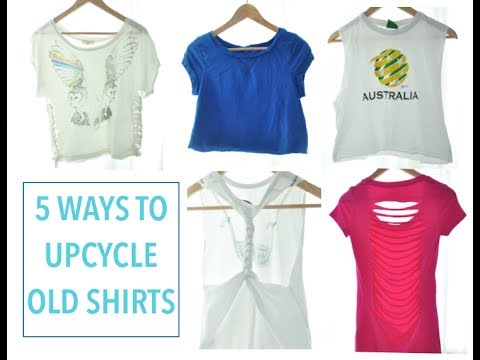Viewed from a distance Munibung Hill is a treescape of green. On closer inspection she is more than trees but they remain prominent and epitomise what she stands for. So when we take a walk across Munibung Hill consider the impact that other aspects of our lives – such as our choice of clothing materials, have on these living treasures. Let Munibung Hill be our thinking locally, for forests globally, and the choices we make when it comes to clothing.
- Avoid viscose (formerly viscose rayon or rayon)! Viscose is made from a particular kind of wood pulp called “dissolving pulp” which demands a very clean input stream. Indonesia is now the world’s largest producer of viscose and sacrificing its rainforests in the process.
- Consider recycled, upcycled, borrowed, or if you really need it at all.
- When buying new clothes, consider the fabric, and where the clothes are made.
- Avoid synthetics (e.g. polyester, acrylic, nylon, spandex (Lycra)). Although these fabrics are not directly harming forests, their production is from petroleum and through the use of non renewable energy sources thereby contributing significantly to climate change. Also, they are non biodegradable and therefore polluting.
Picture: Hemp fabric at left —— Find out about upcycling in Newcastle here



